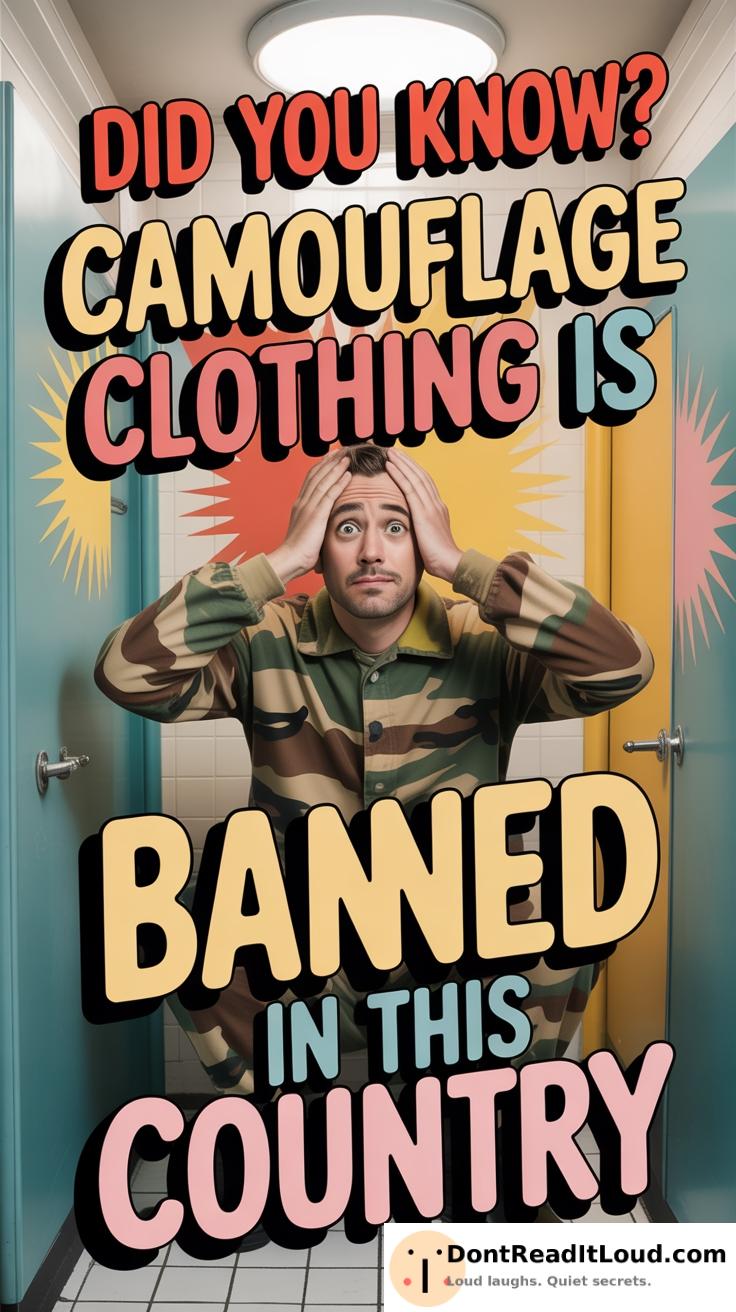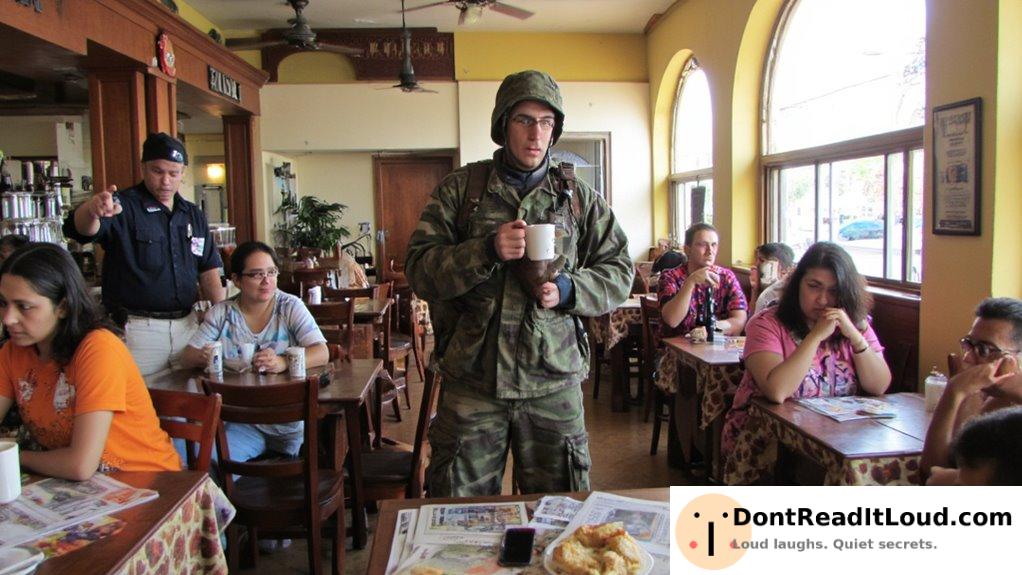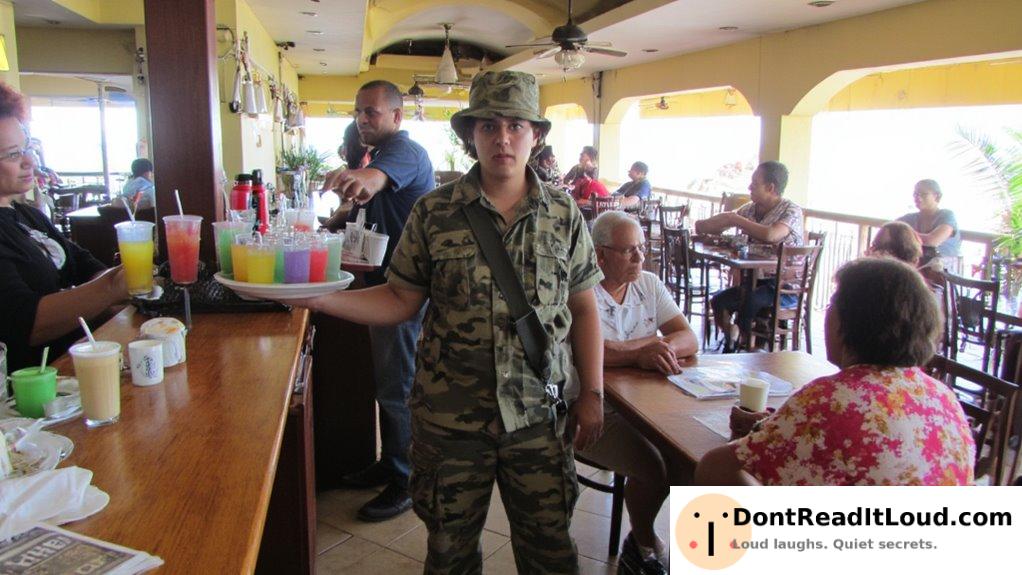
Did you know that wearing camouflage clothing is banned in some countries? In places like Zimbabwe and Caribbean nations such as Barbados and Trinidad and Tobago, these rules exist for historical, cultural, and security reasons. Camouflage is linked to military identity, and civilians wearing it can cause confusion or security risks. Breaking these laws can result in fines or even detention. Want to learn more about why these bans exist? There’s an interesting history behind them!
The Origin of This Law

The law banning camouflage clothing in certain countries often stems from a mix of historical, cultural, and security factors. In many places, such laws help keep military personnel distinct from civilians, reducing confusion and ensuring public safety.
For instance, in Zimbabwe and other African nations, restrictions on camouflage reflect a history of military involvement and political unrest. Military-style clothing may be linked to authority, so governments prohibit civilians from wearing it to prevent impersonation and avoid unnecessary panic.
In the Caribbean, countries like Barbados and Trinidad and Tobago also enforce bans on camouflage. These rules date back to the British colonial period, when clearly separating soldiers from the public was important for maintaining order. Even after independence, these countries kept the ban to protect public safety, especially in tourist areas.
In the Philippines, the restriction on civilian camouflage is based on security risks. Ongoing conflicts and the presence of armed groups mean that camouflage clothing could be used for deception, threatening both citizens and authorities.
Why This Law Exists

In some countries, the ban on camouflage clothing is enforced for practical, cultural, and political reasons. The main concern is avoiding confusion and ensuring the safety of both civilians and soldiers.
Camouflage is strongly linked to military uniforms, so when civilians wear similar patterns, it can create misunderstandings or jeopardize security operations.
In many cultures, the military is highly respected, and limiting camouflage attire to service members helps distinguish them from the general public. This clear separation supports the dignity of military service and encourages respect for those in uniform.
On a political level, banning camouflage clothing can help prevent militias or paramilitary groups from appearing legitimate or stirring unrest. In areas with a history of conflict, such laws are sometimes used to help maintain stability and prevent groups from copying the military’s appearance.
How This Law Reflects it’s Culture?

In many countries, bans on camouflage clothing are shaped by cultural values, history, and societal expectations. Let’s consider how this law reflects the culture of countries where it exists.
- Historical Context and National Security: In places with a past marked by unrest or military coups, banning camouflage often stems from concerns about national security. Since camouflage is linked to the military, restricting its use helps prevent impersonation and maintains clear boundaries between civilians and soldiers, which strengthens public trust and order.
- Respect for Authority and Hierarchies: Societies that value clear authority often see this ban as a sign of respect for military and police roles. Wearing camouflage without being a member of these groups can be seen as inappropriate or challenging to the established hierarchy.
- National Identity and Unity: In some nations, camouflage represents foreign influence, especially if it’s tied to outside military forces. Prohibiting it can help reinforce national identity and promote unity, steering people away from styles that clash with traditional or local dress.
- Social Cohesion and Conflict Avoidance: Cultures that prize harmony may view camouflage as provocative or aggressive. Outlawing it helps prevent misunderstandings and fosters a more peaceful public atmosphere.
- Fashion and Consumer Culture: In countries with defined fashion norms, the ban may guide people toward attire seen as appropriate or respectful. This supports local values and maintains social standards in daily life.
What Happens If You Break This Law?

In Country, wearing camouflage clothing is strictly prohibited, and breaking this law can result in various penalties. If someone is found wearing camouflage, they might receive a fine, with the amount depending on whether it’s their first offense or a repeat violation. Fines tend to be lower for first-time offenders and higher for those who break the law again.
Authorities may also confiscate the camouflage clothing, and in some cases, briefly detain the person, especially if the fine can’t be paid right away or the violation appears deliberate. If there’s suspicion of criminal intent, the consequences can be even more serious, possibly leading to further investigation or harsher legal measures.
Public opinion about this law is mixed; some see it as essential for security, while others feel it limits personal freedom. Most people, however, recognize the law’s purpose and follow it to avoid trouble.
Tourists are usually informed about the rule through travel advisories so they don’t accidentally break it.
Could Other Countries Learn from This Law?

In recent years, a number of countries have implemented laws and regulations regarding the use of camouflage clothing by civilians. One notable example is Barbados, where the wearing of camouflage clothing is strictly prohibited for non-military personnel. This law aims to prevent confusion and maintain clear distinctions between military forces and civilians, thereby ensuring public safety and order.
When comparing this law to how other countries handle similar situations, there are both similarities and differences. For instance, in many nations, the wearing of military uniforms or insignia by civilians is restricted or illegal. This is often done to prevent impersonation of military personnel and to maintain the integrity of official military attire. Countries such as Jamaica and Trinidad and Tobago have similar bans on civilian use of camouflage, primarily for security reasons.
However, in other parts of the world, the approach to camouflage clothing is more relaxed. In the United States, for example, camouflage patterns are popular in fashion and outdoor gear, and there are no federal laws prohibiting their use by civilians. The cultural context and the absence of a direct security threat may explain the leniency in such countries.
Could other countries learn from Barbados’ law? There are a few considerations in this regard:
- Security and Safety: For countries facing security challenges or where there’s a need to clearly identify law enforcement and military personnel, adopting similar laws could enhance public safety and reduce the risk of impersonation.
- Cultural Sensitivity: In regions where camouflage is part of traditional or cultural attire, outright bans might face resistance or be seen as culturally insensitive. Therefore, any law would need to take into account local customs and practices.
- Fashion and Commerce: In countries where camouflage is a popular fashion trend, laws would need to balance security concerns with economic interests related to the fashion industry.
- Public Awareness: Implementing such laws requires public awareness campaigns to ensure citizens understand the rationale and comply willingly.
Ultimately, while the law in Barbados provides an interesting case study, its applicability in other countries depends on various factors, including security needs, cultural context, and public acceptance. Each country would need to tailor its approach to suit its specific circumstances and priorities.
Conclusion: What Makes this Law So Unique
This law banning camouflage clothing distinguishes the country through its distinctive cultural and security motivations. In many places, camouflage is linked to the military or fashion, but here, the ban emphasizes national security and identity.
Strict enforcement highlights the government’s dedication to separating civilian and military dress. This clear division carries cultural weight, aiming to prevent misuse that could cause confusion or security risks.
Other nations might take inspiration by seeing how clothing laws can support security or social values. This law shows how regulations can address specific local concerns and safeguard both culture and safety, making it a notable example of legislation shaped by a country’s unique priorities.



